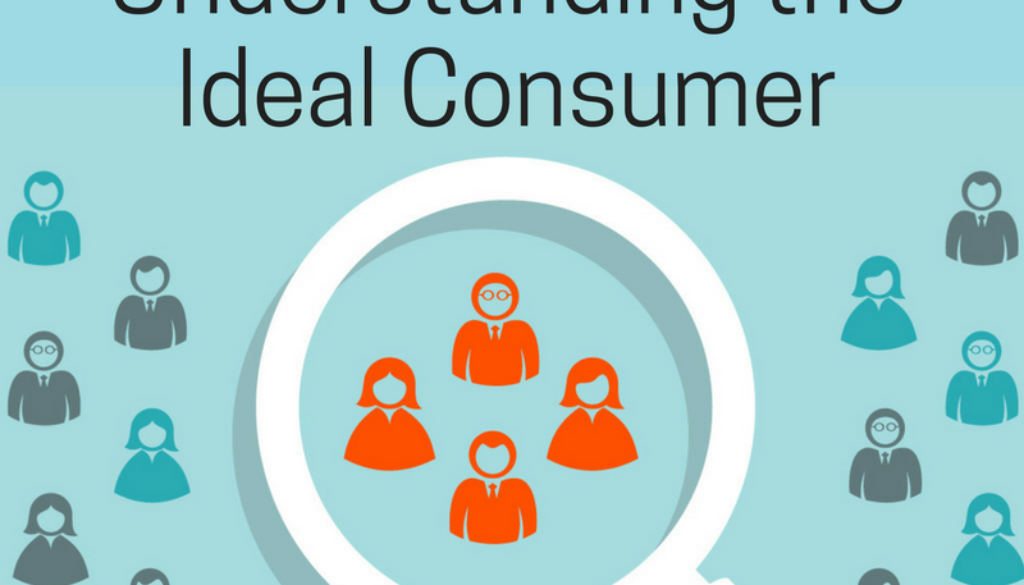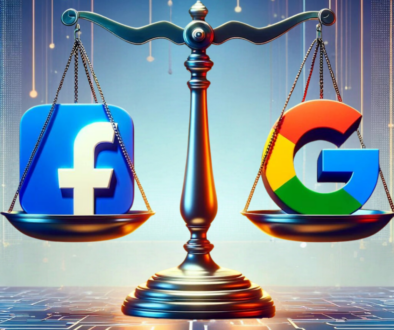Psychographics: Understanding the Ideal Consumer
What are psychographics?
You?re probably familiar with the concept of consumer demographics: analyzing aspects of the ideal consumer such as their age, income, gender, and marital status. Psychographic analysis is even more specific. It looks at a person?s interests, activities, values, and beliefs. While demographics look at the general type of consumer that purchases a certain product or service, psychographics looks at?whythey decide to purchase it. Psychographic data includes information about a person such as whether the quality or the price of a product is more important to them.
Why are psychographics important for marketing?
Understanding why people make purchasing decisions allows you to target your marketing tactics at their reasoning rather than just at their shallow demographics. For instance, if a consumer values quality over economy, increasing discounts and heavily promoting them will probably not influence the customer to make a purchase. Instead, for this customer it?ll be more effective to advertise aspects of the product or service?s quality such as promoting favorable customer reviews.?If the ideal consumer matches this example, sales may be a wasted use of marketing resources and psychographics allows marketers to recognize this and act appropriately.
How can you obtain psychographic data?
There are several methods for obtaining psychographic data depending on whether you prefer an upfront or a behind-the-scenes tactic. If you prefer upfront tactics, you can interview customers. Either identify a top customer or identify friends of yours that are similar to your top customer and ask them questions about themselves that illuminate the reasoning behind their purchasing decisions. If you want a broader image of your clients, you can send out a survey and ask them to share information about their values. The downside to these tactics is the tendency of people to answer self-evaluating questions with answers that signify what they?wish?were true rather than what is actually true. Keeping this in mind, it may be beneficial to use other tactics in conjunction with these.
If you prefer to seek information behind-the-scenes or are looking for tactics to use in conjunction with customer questions, you can review past marketing tactics. Identify sales and marketing endeavors that led to higher website views and higher sales. Then determine what aspects separate the successful campaigns from those that have been less successful and incorporate them into future campaigns.
Four ways you can use psychographic data:
- Social Media: You can more directly target your social media campaigns to your ideal customers. Because people look for items related to their interests, tailoring your post to the interests your ideal customers have can increase the likelihood that your posts will be seen by them.
- Emotions: You can tug on the heartstrings of your target audience by including emotional appeals that align with your target customers? For instance if your target customers demonstrate a strong interest in family life, try using a picture of a happy family using the product or service in your campaigns.
- A/B Tests: A/B testing is a great way to find out what kind of content your target customers prefer. As the name suggests, it works by running two campaigns?one with option A, and one with option B?and then seeing which campaign is more successful. Once you determine what they like best you can customize your content to your ideal consumer.
- Aspirational Campaigns: People make purchases to solve their problems and better their lives. By understanding the aspirations of your ideal consumer, you can show them how your product or service helps them achieve their goals. Clothing commercials often use attractive people in their campaigns to impress upon consumers that buying that clothing will help them be more attractive. Psychographics allows you to achieve this same result for other consumer aspirations as well.
Psychographic data enables you to create highly customized? marketing campaigns that target your ideal audience. It is a powerful tool that is becoming more accessible and easier to use as technology progresses. Learn to use it well, and you will see a dramatic difference in the effectiveness and efficiency of your campaigns.
References:
http://www.wordstream.com/blog/ws/2017/08/16/psychographics-in-marketing
https://blog.hubspot.com/insiders/marketing-psychographics
https://hbr.org/2016/03/psychographics-are-just-as-important-for-marketers-as-demographics
By Madalyn Culwell



